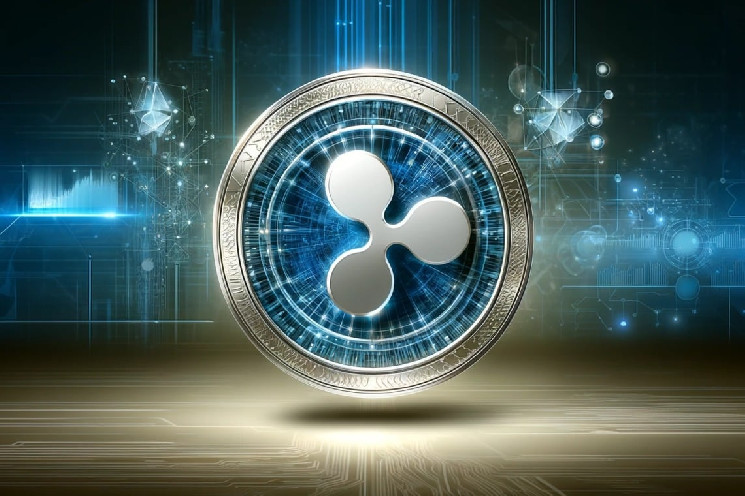The article written by Monica Long, president of Ripple, outlines the company’s vision for the future of global financial infrastructure through the use of blockchain technology and digital crypto assets.
Based on the belief that blockchain will become the global financial infrastructure of the future, Ripple has worked for over a decade to make this vision a success. reality.
Evolution of the crypto market and the roadmap of Ripple’s blockchain
The article starts with a summary of the evolution of the cryptocurrency market. In the beginning, when Bitcoin was priced below $20 and Ethereum didn’t exist, the market lacked infrastructure, liquidity, trust, and regulatory clarity.
Today, however, we see the first Spot ETFs on BTC and ETH approved in the United States, BlackRock launching its first tokenized fund on a public blockchain, and the European Union implementing extensive regulation with MiCA. Additionally, financial institutions and payment companies such as Fidelity, Itaú Unibanco, Stripe and PayPal are making cryptocurrencies more accessible to their customers.
Ripple has taken advantage of this market maturation by adapting and expanding its product offerings. Initially, the company focused on cross-border payments, using the XRP Ledger (XRPL) and its proprietary digital asset XRP to move value efficiently. Thanks to the speed, low costs, transparency and scalability of XRPL, Ripple Payments has achieved near-global coverage with more than 80 payment markets, processing a volume of more than $50 billion.
The acquisition of Metaco in 2023 marked an important step for Ripple. Metaco, a provider of digital asset custody technology, serves top banks such as BBVA Switzerland, HSBC and Société Générale. This allowed Ripple to further enhance its product offering, with the creation of Ripple Custody, which aims to expand the company’s presence in the digital asset custody sector.
Connecting TradFi and Crypto
Another major development discussed in the article is the upcoming launch of Ripple USD (RLUSD), a stablecoin that will be available on XRP Ledger and Ethereum. This move aims to bridge the gap between traditional finance (TradFi) and cryptocurrencies, by integrating RLUSD into Ripple Payments to meet customers’ growing needs for cross-border payments. The article highlights how XRPL is the blockchain of choice for institutional DeFi use cases, thanks to its reliability, high performance, low transaction fees, and speed.
XRPL is the fulcrum of Ripple’s technology infrastructure and has processed more than 2.8 billion transactions since 2012 without any glitches or security breaches. The native decentralized exchange (DEX) allows users to trade any type of token without intermediaries, and offers advanced features such as auto-bridging and pathfinding to find the best deals.
Ripple has partnered with several projects such as Zoniqx, Orchestra Finance, CredeFi, Sologenic, and Archax to build applications on XRPL, bringing modern financial tools to traditional finance. The integration of XRPL’s advanced technical and financial features directly into Ripple’s operations delivers the benefits of decentralized finance to global customers in a secure and compliant manner.
Conclusions and Ripple’s ambitions
Ripple has demonstrated its longevity by navigating the bull and bear cycles of the cryptocurrency market. The company has always taken a long-term view and worked with financial institutions, regulators and policy makers to transform the existing system from within.
Ripple’s ambition is to become the leading provider of digital asset infrastructure for financial services. The company aims to be a reference point for companies that want to integrate blockchain into their operations without having to develop and maintain the technology in-house. Ripple stands out as one of the few players that, thanks to its experience and established reputation, can offer a complete digital infrastructure that connects TradFi and cryptocurrencies.
Monica Long’s article highlights Ripple’s journey towards creating a global financial infrastructure based on blockchain and digital assets. Through the evolution of their products, the integration of new technologies such as digital asset custody and the launch of stablecoins, Ripple is building a bridge between traditional finance and the world of cryptocurrencies.
Their long-term vision and collaboration with financial institutions and regulators position Ripple as a leader in the digital infrastructure sector for financial services.

